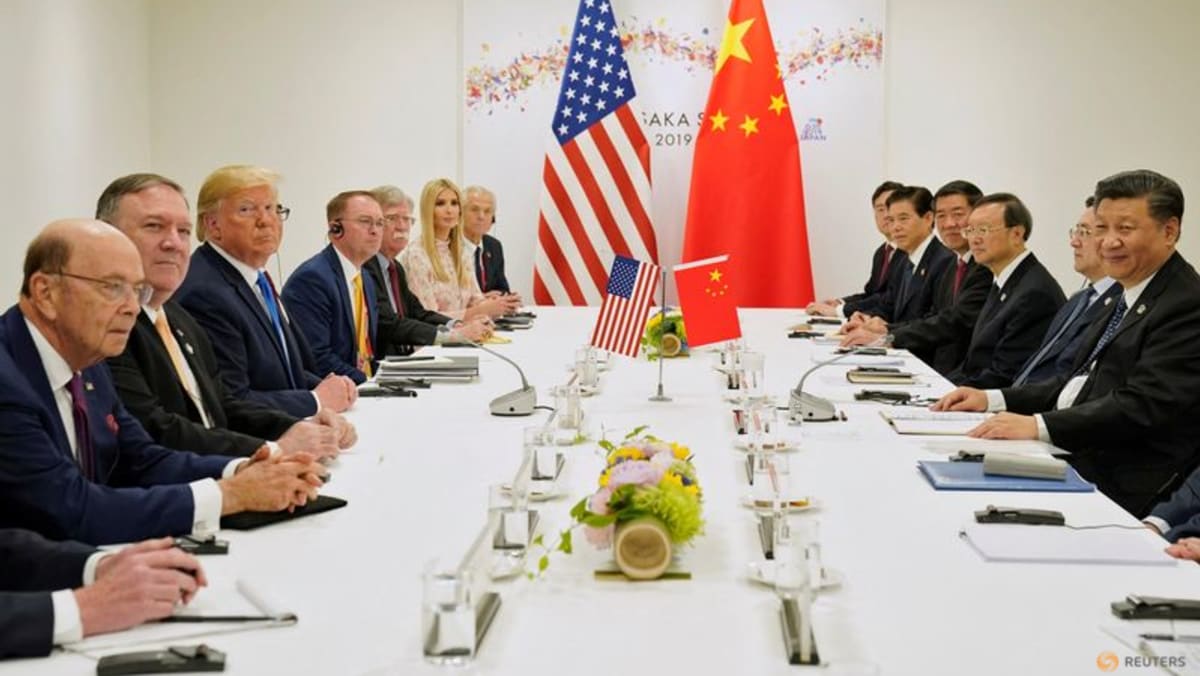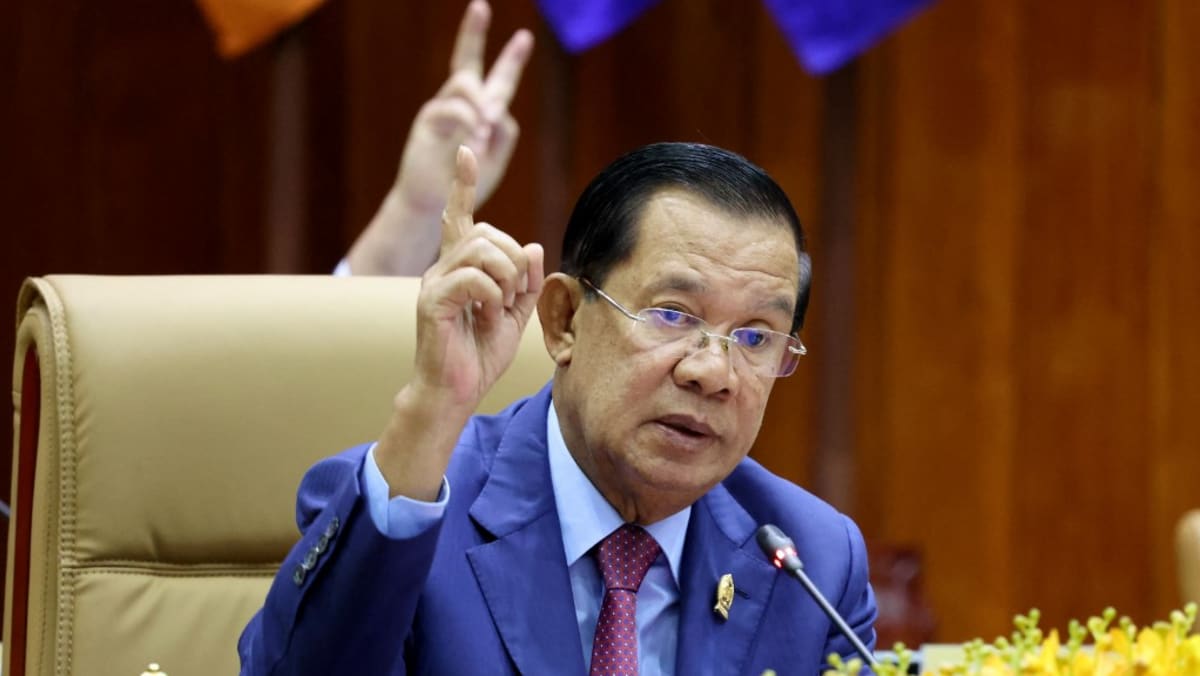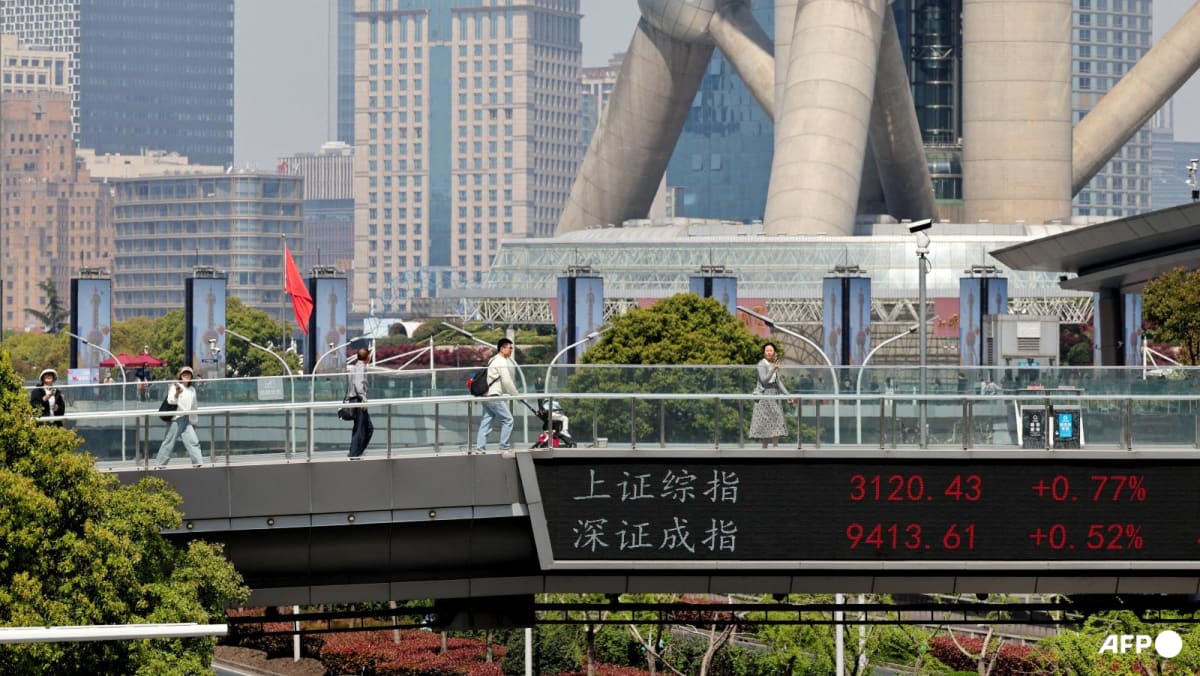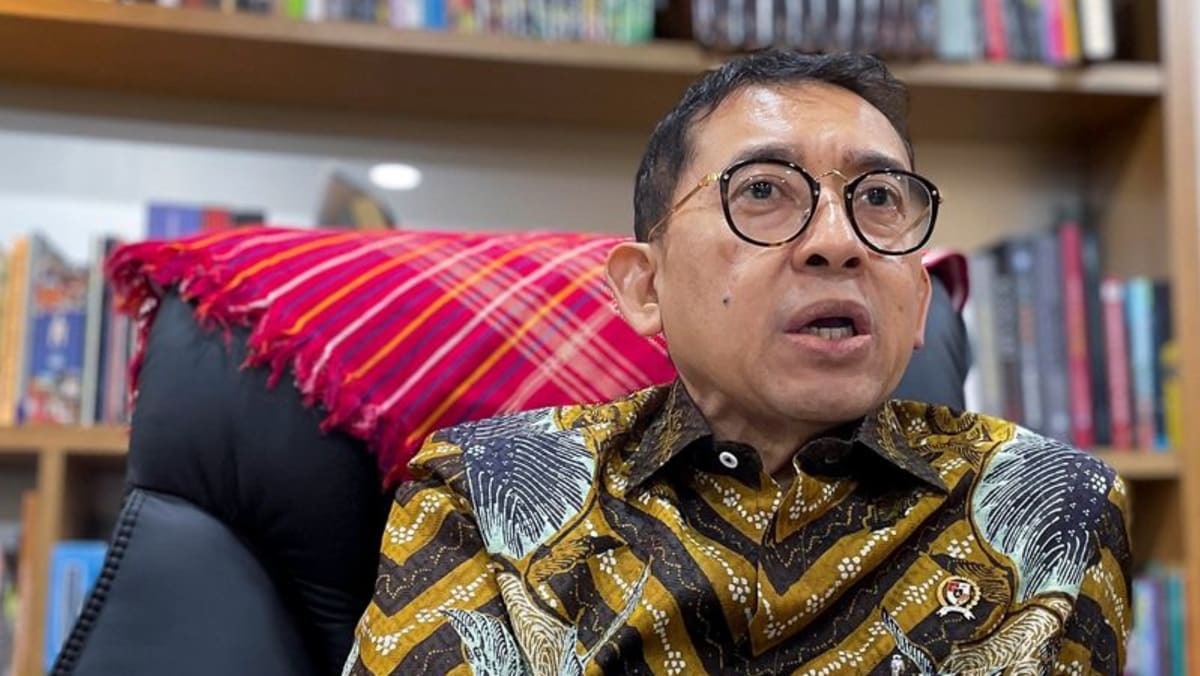CAUGHT NAPPING
“FULL MAGNETS, AND ANY NECESSARY RARE EARTHS, WILL BE SUPPLIED, UP FRONT, BY CHINA,” Trump said in a social media post Wednesday, announcing the trade deal had been finalized.
Beneath the all-caps boastfulness there’s a worrying note of desperation. America has been caught napping.
Beijing’s response to being frozen out of the microprocessor ecosystem was an all-out drive to bridge the technological gap. State-owned chip foundry Semiconductor Manufacturing International has deployed US$33.5 billion on capital expenditures, and US$4 billion on research and development, since the middle of 2019.
Huawei spends 180 billion yuan (US$25 billion) on R&D every year, founder Ren Zhengfei said in a recent interview. Just 12 months ago, the government created a separate US$47.5 billion semiconductor investment fund.
The US chip fortress still looks pretty impregnable, barring an unexpected DeepSeek moment. Although Huawei is reported to be developing a 3-nanometer chip to match the most advanced non-Chinese processors as soon as next year, Ren said its best designs still “lag behind the US by a generation”.
A lesson of asymmetric warfare, though, is to exploit your enemy’s weaknesses, rather than attempt to match their strengths. That’s where rare earths come in.














